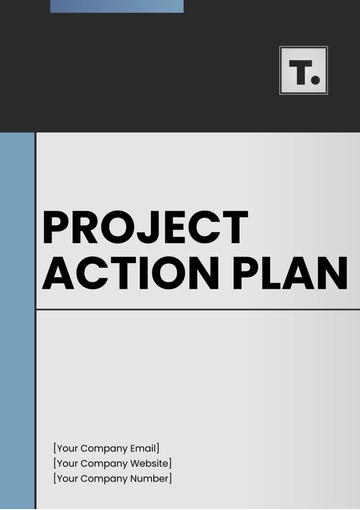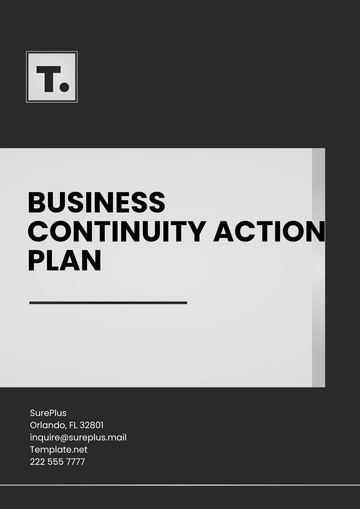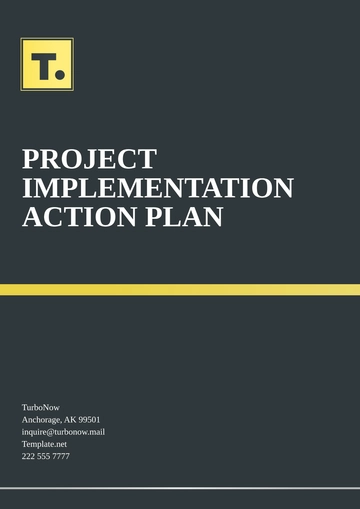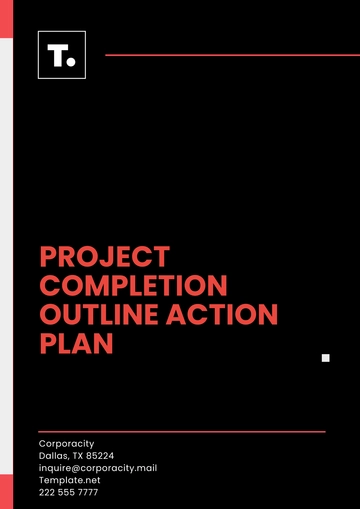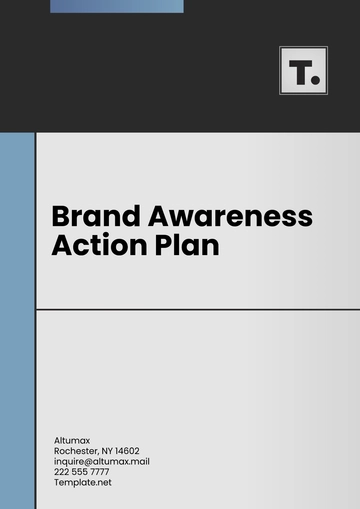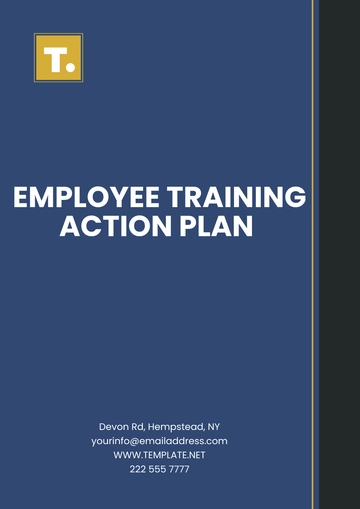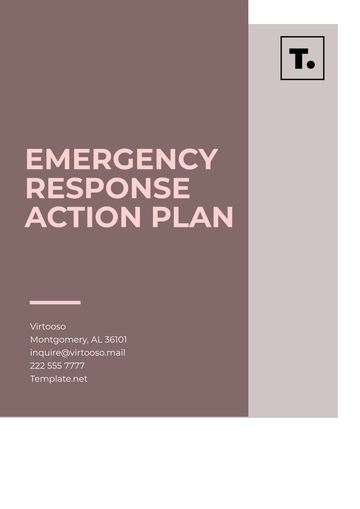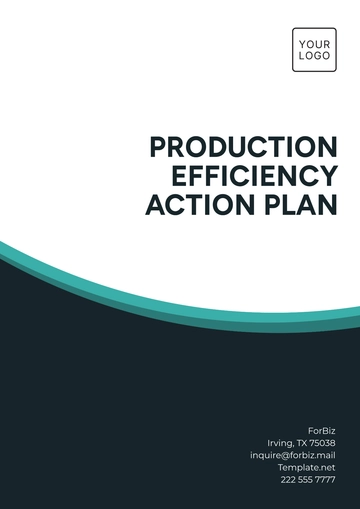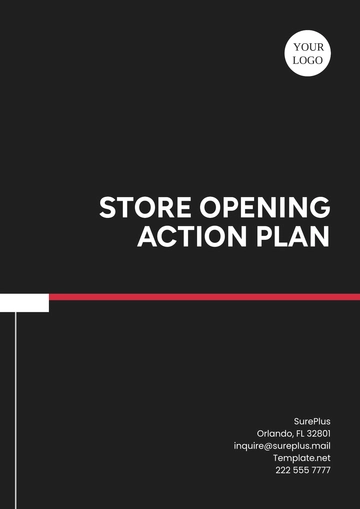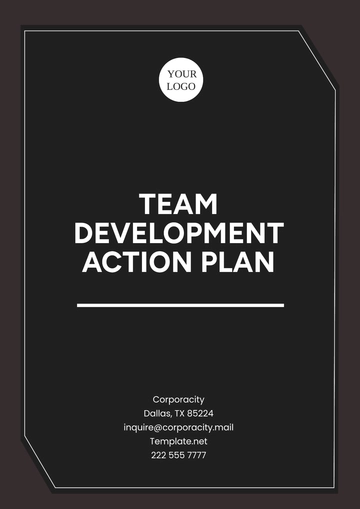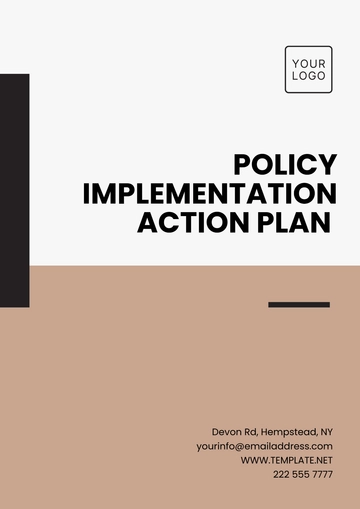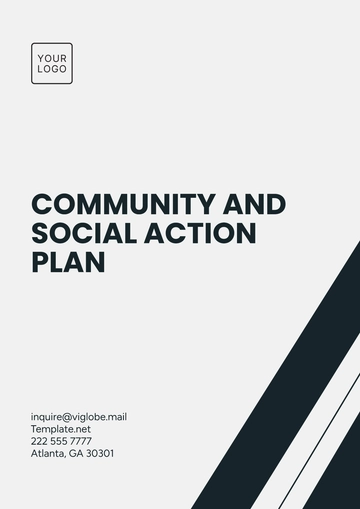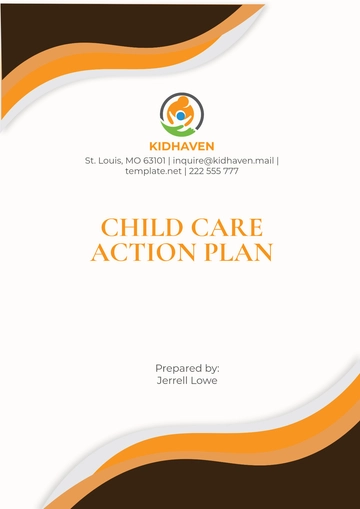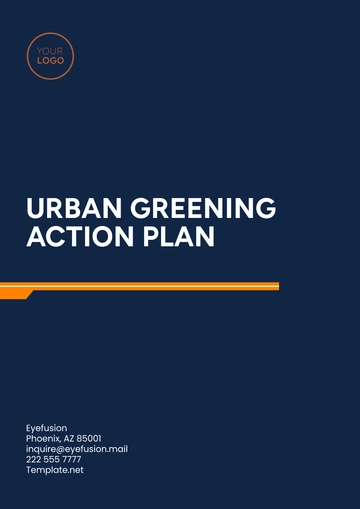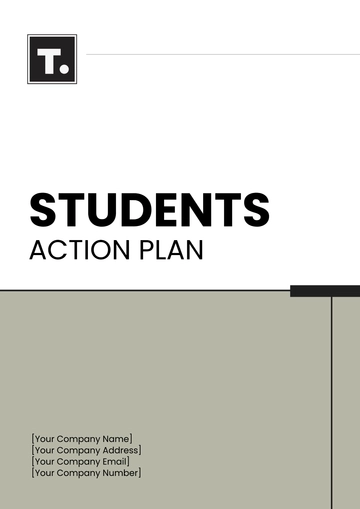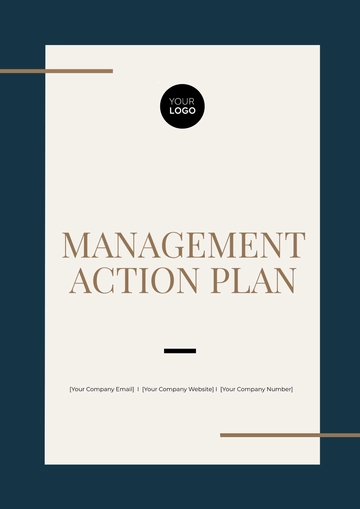Professional Rebranding Action Plan
Prepared by: [Your Name]
Company: [Your Company Name]
Date: [Date]
1. Executive Summary
The rebranding initiative aims to transform the company’s image, positioning, and messaging to better align with our evolving market, attract a broader audience, and reflect the values of our business in today's competitive landscape. This action plan outlines the strategic steps and timeline to successfully reposition our brand for long-term growth and success.
2. Background & Situation Analysis
Current Brand Evaluation:
Review of the current brand’s strengths, weaknesses, and market perception. Analyze elements like logo, website, customer reviews, and brand messaging.
Market Analysis:
Assessment of market trends, competitive landscape, and customer preferences to identify gaps and opportunities.
Reasons for Rebranding:
Outdated branding elements.
Expanding into new markets or targeting new demographics.
Changing customer needs and expectations.
Enhancing brand differentiation.
3. Brand Strategy
Brand Vision & Mission:
Refine the company’s long-term vision and mission to ensure they align with the updated market positioning.
Brand Values:
Establish core values that reflect the company’s identity and resonate with both internal and external stakeholders.
Target Audience:
Identify and define new or expanded customer personas to guide messaging and design choices.
Key Messaging & Positioning:
Develop a clear and compelling value proposition that differentiates the brand from competitors and highlights unique selling points (USPs).
4. Brand Identity
Logo & Visual Identity:
Design a modern and versatile logo that reflects the updated brand essence. Establish guidelines for typography, color palette, and overall design to ensure brand consistency across all channels.
Brand Voice & Tone:
Define the language and tone of communication, ensuring it aligns with the desired brand image and speaks to the target audience effectively.
Brand Collateral:
Redesign business cards, brochures, packaging, and digital assets (website, social media profiles, email templates) to reflect the new brand identity.
5. Communication & Marketing Plan
Internal Communication Strategy:
Communicate the rebranding process to employees through meetings, presentations, and internal documents to foster alignment and engagement.
External Communication Strategy:
Develop messaging for the public, including press releases, social media announcements, and email newsletters to inform existing customers, potential clients, and stakeholders about the rebrand.
Marketing Tactics:
Launch the new brand using a mix of digital and traditional marketing channels (social media, content marketing, influencer partnerships, email campaigns). Plan specific campaigns to reintroduce the brand to the audience.
6. Implementation Timeline
Phase 1 – Research & Planning:
Market and competitor analysis: 2 weeks.
Defining brand vision, mission, and values: 1 week.
Phase 2 – Brand Identity Development:
Phase 3 – Internal Communication & Strategy Rollout:
Phase 4 – External Rollout:
Phase 5 – Post-Launch Review & Adjustment:
7. Budget and Resource Allocation
Budget Breakdown:
Design & Creative Development: $20,000
Marketing and Communication: $15,000
PR and Media Outreach: $12,000
Employee Engagement and Training: $8,000
Miscellaneous Expenses: $5,000
Resources:
Internal Team: Marketing, Design, PR, and HR departments.
External Agencies: Branding and marketing firms (if necessary).
Software/Tools: Design software, project management tools, and analytics tools.
8. Internal and External Rollout Strategy
Internal Rollout:
Employee briefings, training, and feedback sessions to ensure understanding and enthusiasm for the rebrand.
Intranet and internal newsletters to keep employees updated throughout the process.
External Rollout:
Press release announcing the rebrand.
Digital marketing campaigns across the website, social media, and email.
Special promotional events or webinars to engage customers.
9. Monitoring & Evaluation
Key Performance Indicators (KPIs):
Brand awareness: Monitor social media mentions, website traffic, and search trends.
Customer engagement: Track likes, shares, comments, and other interactions on social media platforms.
Sales and leads: Measure conversion rates, leads generated, and sales growth post-rebrand.
Feedback Mechanisms:
Evaluation Timeline:
10. Risk Management
Identified Risks:
Negative customer reaction to the rebrand.
Delays in production or design approvals.
Budget overruns due to unforeseen expenses.
Mitigation Strategies:
Engage with customers early to gather feedback and involve them in the rebranding process.
Set clear deadlines and review processes for all creative work.
Closely monitor budget and expenses throughout the process and adjust as needed.
Plan Templates @ Template.net

